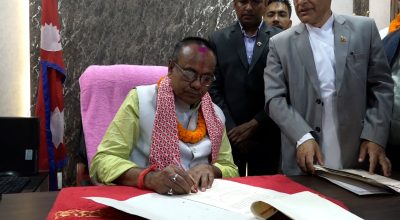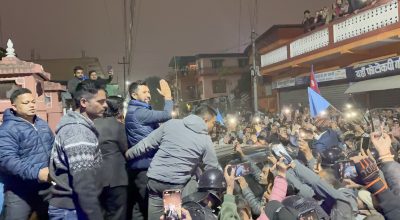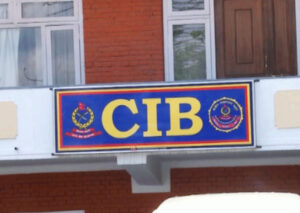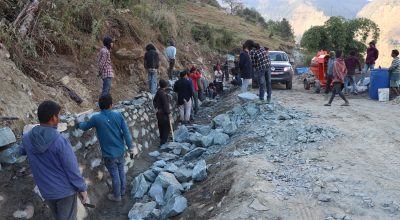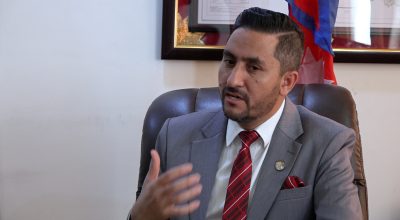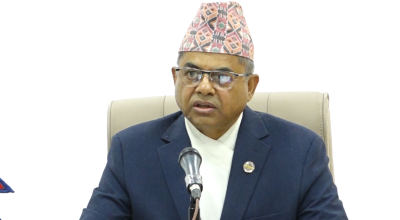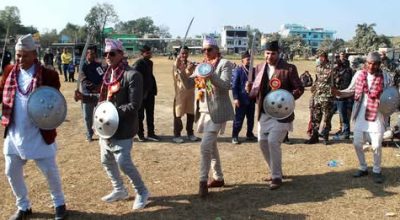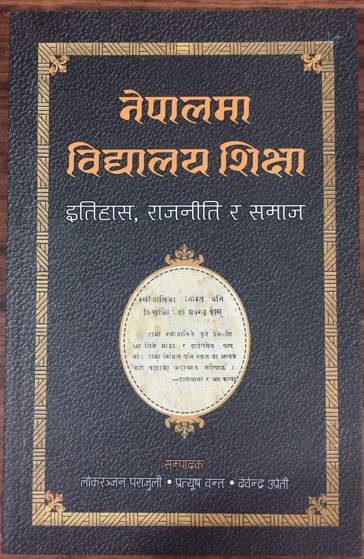
-Narayan Prasad Ghimire
Kathmandu, May 6: Currently, we find ourselves obsessed more with present and future. What we find before us seems final to make future projection.
Our learning is also swayed by it- some see bright future while some dismal taking into account the knowledge we have on present circumstances. But, do we mull: Are present politics, socio-cultural specificities enough to shape our future? What about the history or the past which played a role on our present developments? Forgetting, ignoring or belittling past or the history causes dearth of comprehensive knowledge on our development.
How different aspects evolved and developed over times- in different regimes- provides foundational information and knowledge so that we can make better analyses of our society. Understanding past helps us stand in better place and develop effective perspective to negotiate present and prepare for future.
But, it is harrowing to read media stories that number of students in history subject is declining fast and the history department in university getting deserted in Nepal.
In the wake of such apathy to past, any research and study that delves deep into history and brings forth socio-political stories is obviously a laudable work. Such works not only share information about the past but also add new dimension to the research and prompt others to make further efforts to learn history in a comprehensive manner.
In this regard, a compendium of research articles, “Nepalma Vidyalaya Shikshya: Itihas, Rajniti and Samaj” (School Education in Nepal: History, Politics and Society) is the one which brings to light status of school education in the past- before 2007 BS in Nepal. Basic education prods us to make hasty generalization of the past, while the research makes us ponder several efforts made for the change too.
Yes, in Nepal’s history, 2007BS is a historical timeline- autocratic Rana regime collapsed and democracy got established. The compilation of research articles under review is such text that enlightens readers with the initiatives made for education- for Dalits, for women, and other commoners.
The chapter, ‘Dalit Education in Hindu Society’, penned by Devendra Uprety and Shivahari Gyawali talks how efforts were made across Nepal to educate Dalits; how Dalit students were meted out discrimination while teaching, and how the progressive and regressive forces in society tussled in terms of educating Dalits. Despite legal and socio-cultural adversity entrenched in the country, initiatives were made in Kathmandu,
Dhankuta, Bhojpur, Sankhuwasabha (Chainpur), Dharan, Ilam, Gorkha, Tanahu, Kaski and Baglung for education to Dalit people before 2007BS. The persons to forward such revolution were, Bhagat Sarbajit Bishwokarma, Mahanand Sapkota, Chhabi Lal Pokhrel, Narad Muni Thulung, Mangal Man Nepali, Sher Bahadur Shrestha, Mitra Lal Shrestha, and Prem Bahadur Thapamagar.
Similarly, after 2007BS, several other reformists advanced Dalit education. In the article, the writers have brought maximum references of that time. Referring to a researcher, they mentioned there were less than 100 Dalit people who were able to read and write in Nepal before 2007BS.
“Around 1963BS, Jay Prithvi Bahadur Singh had established the ‘Satyabadi Primary School’ within his palace at Naxal, Kathmandu, where eight Dalit boys from Bajhang district were enrolled and taught up to Grade 4,” the writers mentioned, adding that after their knowledge of letter and numbers, the Dalit students were given general knowledge on math, geography, history and literature.
Arjun Panthi’s chapter on ‘Origin of Harihar Sanskrit School and its advancement’ is equally worth reading. After Banaras, India became an education hub since 1848BS, the Brahmin people from different parts of Nepal began visiting there and learnt Sanskrit. This chapter talks about Harihar Sanskrit School established in Gulmi (now Arghakhanchi). Educated Brahmin as Dadhiram Marasini and his student Harihar Gautam had tremendous role to set up and develop this school. Initiation to set up this Sanskrit school was begun from 1970BS. “Since 1994BS, this school had run purba madhyama equal to high school and madhyama equal to IA, BA education from which students could attend exam in Banaras,” Panthi writes. This school had existed for 50 years.
According to the write- up, the products, especially Brahman, of the Harihar Sanskrit School later emerged significantly in country’s education, politics and administration after the fall of Rana regime. Arguing that the educational dynamism of Harihar Sanskrit School and other institutions expanded the politics of Gulmi Arghakhanchi beyond particular noble caste and geography, Panthi seeks correction in the study of French anthropologist Philippe Ramirez, who had posited that politics in Gulmi Arghakhanchi was evolved and transferred from one generation to another among noble castes.
Similarly, the next chapter on ‘Debate on women education in final stages of Rana regime’ authored by Lokranjan Parajuli brings forth letters to editor published in the Gorkhapatra and Nepal Shikshya newspapers where there was vehement debate on whether women education was imperative and what sort of education was ‘proper’ for women. Although the Nepali society before 2007BS had begun advocacy for educating women, its goal was empowerment of men! That is to say, educating women was needed for better housekeeping, better child rearing and better management of household affairs. In the closed and discriminatory Nepali society, the debates were however growing on women education.
Then Headmaster of Durbar High School, Bodh Bikram Adhikari, is one of the prominent persons fostering debate of what sort of education could be catered to women. He emphasized on ‘proper education’ to women so that women would not go beyond men’s rule. He was not for expansion of boundary in the name of women education. He was decried by many others writing letters to the newspaper. In the ultimate years of Rana regime, the Rana rulers became liberal to women education e.g. Padma Shumsher, but it could not sustain long. When Padma Shumsher came to power, formal education to women had begun in Nepal in 2002 BS.
The compilation of research articles edited by Lok Ranjan Parajuli, Pratyush Onta, and Devendra Upreti is published by Martin Chautari. It has six chapters and an introduction section. Other chapters in the text are by CK Lal on ‘Sociopolitical discourse on Madhya Madhes School’; by Pratyush Onta on ‘Use of textbook in making national history’; and by Lokranjan Parajuli on ‘Education-politics in Panchayat’. Onta, in his article, argues the chapters on Nepali history in Nepal’s textbooks during Panchayat time did not trouble to seek additional information on history, rather continued the past, which did not question the system’s narrative.
CK Lal brings to light traditional education system in Madhya Madhes. “After the effect of independence beyond border in 1947AD, the youths in Janakpur made political ambition and showed interest in establishing school,” Lal writes. The role of Ram Sworup and Ram Sagar to lay foundation for educational initiative is also explained in his article.
The compilation of research articles has meticulously dwelt on historical, social and political aspects of Nepal’s school education.






